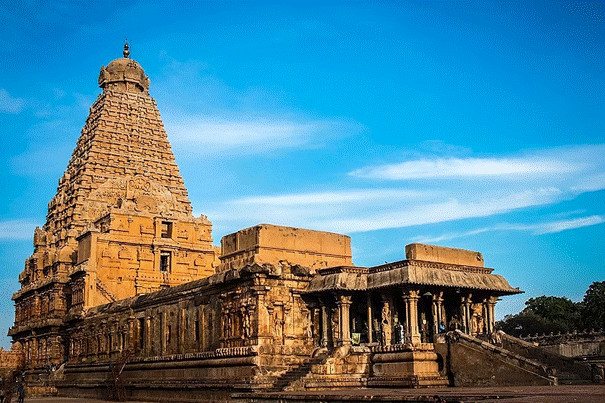
- Context : PM Modi, speaking at Brihadeeswara Temple, highlighted that India had democratic traditions centuries before the Magna Carta (1215), citing Chola-era electoral practices.
- Uttaramerur Inscriptions (c. 920 CE): These stone inscriptions in Tamil Nadu provide one of the world’s earliest written records of an electoral system.
- Local Governance Framework:
- Sabha: Brahmin-dominated settlements.
- Ur: Non-Brahmin village assemblies.
- Both were elected councils, managing revenue, justice, public works, and temple administration.
Relevance : GS 1(Culture, Heritage ,History)
Kudavolai: The Ballot Pot System
- Procedure:
- Names of eligible candidates written on palm leaves.
- Placed in a pot (kudam).
- A young boy, symbolising impartiality, would draw names publicly.
- Eligibility Conditions:
- Minimum age, education, property ownership, and moral character were prerequisites.
- Exclusions: Women, labourers, and landless individuals — reflective of caste and gender hierarchies of the time.
Decentralised Governance & Civic Autonomy
- Subsidiarity in Action: Empowered village assemblies and merchant guilds (e.g., Manigramam, Ayyavole) formed a bottom-up administrative model.
- Sustainable Administration:
- Cholas used civic systems to extend control, not just military might.
- Historian Anirudh Kanisetti noted the Cholas “engineered legitimacy through local institutions”, contrasting later centralised empires.
Symbolic Statecraft & Strategic Messaging
- Gangajal Episode (1025 CE):
- Rajendra Chola brought Ganges water to his capital, GangaiKonda Cholapuram.
- As per copper plate grants, it was called a “liquid pillar of victory” — blending ritual piety with imperial symbolism.
- Military + Administrative Innovation:
- As Tansen Sen observed, the Cholas excelled not only in naval campaigns but also in creating proto-democratic governance that projected power through order and ritual.
Beyond the Magna Carta
- Western lens on democracy often begins with the Magna Carta and Enlightenment; the Chola model shows alternative civilizational trajectories of governance.
- No modern liberalism, but the institutionalisation of accountability, procedure, and civic duty reflects enduring democratic instincts in Indian polity.
Brihadeeswara Temple – Chola Architectural Marvel
- Built by: Raja Raja Chola I in 1010 CE at Thanjavur, Tamil Nadu.
- UNESCO World Heritage Site: Part of “Great Living Chola Temples” (2004), along with Gangaikonda Cholapuram and Airavatesvara temples.
- Dedicated to: Lord Shiva (as Brihadeeswara or Rajarajeswaram).
- Dravidian Architecture: Noted for its grand scale, symmetry, and granite construction—rare for that region.
- Vimana (tower): Soars to 66 meters, one of the tallest temple towers in India, capped by a single 80-ton granite block.
- Nandi (bull statue): Carved from a single stone, among the largest monolithic Nandi statues in India.
- No binding agents used: Stones interlocked with precision engineering, showcasing Chola mastery in structural design.
- Murals & Inscriptions: Inner walls adorned with Chola frescoes, and inscriptions detail royal donations, military conquests, and temple rituals.



